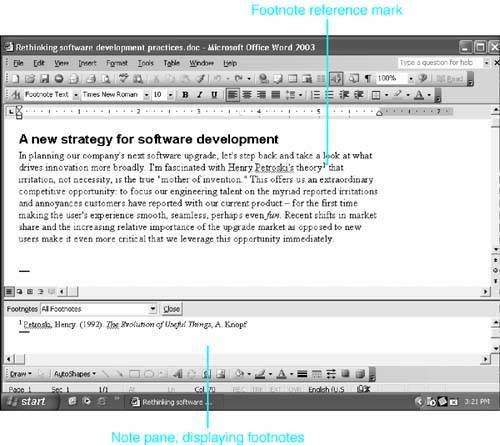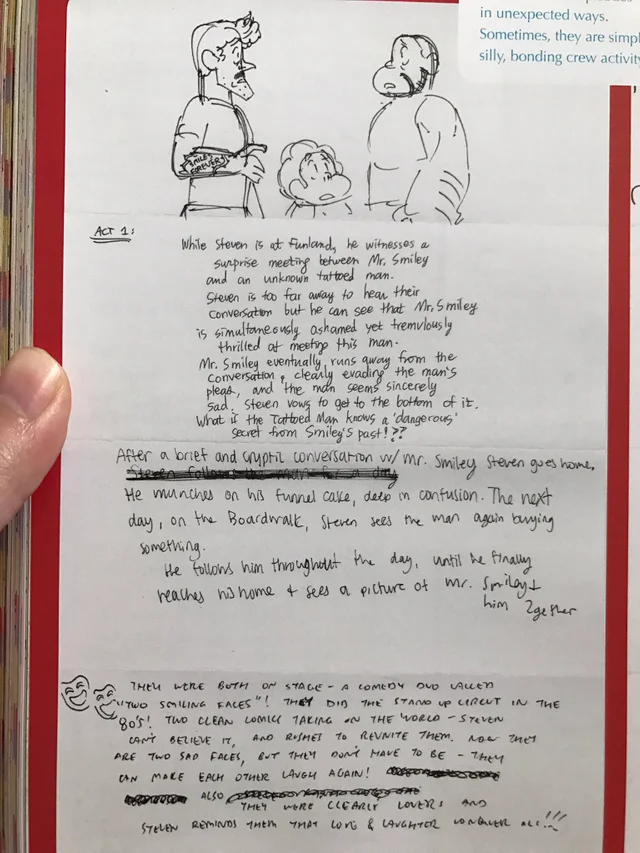

Use model footnote 11 for a book for which there are multiple revised editions. Jane Addams, Twenty Years at Hull House (1910 repr., New York: Signet Classics, 2010), 44. Adria Bernardi (Barcelona: Guernica, 1999), 71.ġ1. Hauke (Athens, Ga.: University of Georgia Press, 2000), 46.ġ0. Ted Poston, A First Draft of History, ed. Jack Beatty, ed., Colossus: How the Corporation Changed America (New York: Broadway Books, 2001), 127.īook, with an editor or translator in addition to the authorĩ. The Men's League Handbook on Women's Suffrage (London: Thames & Hudson, 1912), 23.īook, with an editor instead of an authorĨ. Lynn Hunt et al., The Making of the West: Peoples and Cultures (Boston: Bedford, 2001), 541.īook, for which the author's name is not providedħ. Coe and Mark Van Stone, Reading the Maya Glyphs (London: Thames & Hudson, 2002), 129-30.Ħ. If page numbers matching the print edition are not available, provide another locator, such as chapter or paragraph number.ĥ. If a stable URL is not available, supply the name of the database where you found the book. for an html, epub, or kindle file), provide a stable URL, as in model 3.

(The DOI - which stands for digital object identifier - is a unique and permanent identification number assigned to books and other pieces of intellectual property when provided in the form of a URL, as in footnote model 2, it allows readers to locate online further information about the item.)
#Episode how to make a footnote pdf#
in a pdf file or in another file type that provides page images), adding the DOI to the end of the citation is helpful. If the book appears exactly as it did in print (i.e. Robert Louis Stevenson, Treasure Island, location 871, Kindle.įor e-books or online editions of books, attend to whether the text appears exactly as it did in print or whether it was reformatted. Heinz Kramer, A Changing Turkey: The Challenge to Europe and the United States (Washington, DC: Brookings Press, 2000), 85. Wood, The Creation of the American Republic, 1776-1787 (Chapel Hill London: University of North Carolina Press, 1998), 85. Note that a complete citation is needed for the first reference you make to any item a shortened cite can be used thereafter (see below).Ģ. Variations on this basic cite are modeled below.

Neely, Jr., The Fate of Liberty: Abraham Lincoln and Civil Liberties (New York: Oxford University Press, 1991), 204.įor any book, follow this basic model for punctuation, capitalization, and italics - providing author, title, place of publication, publisher, date of publication, and the page where the information you are citing can be found. It includes examples from a version of "History: Documenting Sources" by Diana Hacker that is no longer available online.ġ. This document was developed to provide illustrations of the types of citations our students use most.
#Episode how to make a footnote manual#
See also the Chicago Manual itself (available at the Duggan Library) or the Chicago-Style Citation Quick Guide. A second reference to the same item can be shortened - as illustrated below.įor more on what footnotes are and how they work, see below. (Using the search function of your browser is an easy way to find the type of source you need.) Those models illustrate the format for the first reference to a particular item. Leading publishers of historical scholarship (such as the American Historical Review and the Journal of American History) require Chicago Manual style footnotes.īelow you will find model footnotes that cite various types of sources. To do that, you need to provide complete citations in a consistent citation style. Your goal is to make it easy for your readers to see what sources you used - and easy to find any that they might want to study further. Footnotes are a conventional way to tell your readers where you got the information and quotes that appear in your paper.


 0 kommentar(er)
0 kommentar(er)
